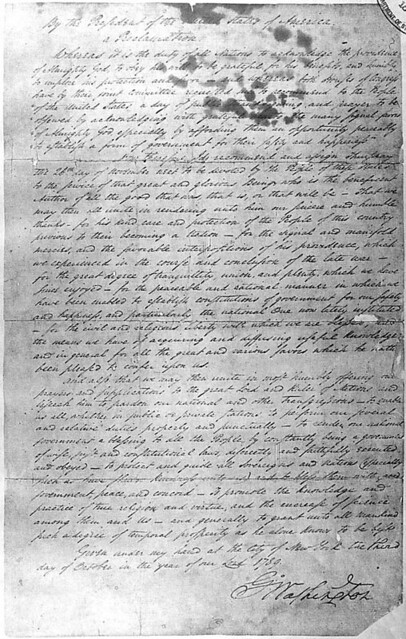While Adams, Franklin, and Jefferson did serve on a committee in '76 to begin designing a seal for the country, the decision was delayed for several years, at which point a new committee included the eagle as a representative. Franklin made his opinion of the choice of bird known in a letter to his daughter, Sarah Bache, in 1784:
“Others object to the Bald Eagle, as looking too much like a Dindon, or Turkey. For my own part I wish the Bald Eagle had not been chosen as the Representative of our Country. He is a Bird of bad moral Character. He does not get his Living honestly. You may have seen him perch’d on some dead Tree near the River, where, too lazy to fish for himself, he watches the Labour of the Fishing Hawk; and when that diligent Bird has at length taken a Fish, and is bearing it to his Nest for the Support of his Mate and young Ones, the Bald Eagle pursues him and takes it from him. With all this Injustice, he is never in good Case but like those among Men who live by Sharping and Robbing he is generally poor and often very lousy. Besides he is a rank Coward: The little King Bird not bigger than a Sparrow attacks him boldly and drives him out of the District. He is therefore by no means a proper Emblem for the brave and honest Cincinnati of America who have driven all the King birds from our Country, tho’ exactly fit for that Order of Knights which the French call Chevaliers d’Industrie. I am on this account not displeas’d that the Figure is not known as a Bald Eagle, but looks more like a Turkey. For in Truth the Turkey is in Comparison a much more respectable Bird, and withal a true original Native of America. Eagles have been found in all Countries, but the Turkey was peculiar to ours, the first of the Species seen in Europe being brought to France by the Jesuits from Canada, and serv’d up at the Wedding Table of Charles the ninth. He is besides, tho’ a little vain and silly, a Bird of Courage, and would not hesitate to attack a Grenadier of the British Guards who should presume to invade his Farm Yard with a red Coat on.”
Despite the debates over the authenticities of the "pilgrims and Native Americans First Thanksgiving" story, congressional decisions concerning the holiday are well documented for us. In 1789, President Washington signed a proclamation declaring Thursday, November 26 of that year an official holiday of "sincere and humble thanks" to share in "Publick Thanksgivin." The holiday continued to be celebrated on varying days each year, until President Lincoln issued a proclamation in 1863 for a day of "Thanksgiving and Praise," to be celebrated as an annual national holiday held on the fourth Thursday of each November. (A fun fact: both of the aforementioned proclamations were written on October 3) To read more about "official" Thanksgiving-related documents, please see this press release and this article from the National Archives.
Postscript: As I was writing this post with the TV on in the background, The Real Story of Thanksgiving appeared on the History Channel. There was a nice feature on Plimoth Plantation in the last few minutes. It's always nice to see living history sites and interpreters getting some positive publicity!


1 comment:
This came up on the Food Network this past week, when Bobby Flay was given a quiz about this. He got the answer correct!
Laurie
Post a Comment